We love going to Washington, D.C. to see the museums. Having been there several times, my husband and I are now finding lesser-known museums. This trip, one was the National Bonsai and Penjing Museum. Who knew!
The museum was lovely!
The bonsai plants were gorgeous. Some had been "in training" for 100 years or, in at least one case, 400 years. They were given by American, Chinese, and Japanese, and probably other donors, often the description said the plant was already generations old when donated. I couldn't help imagining the anxiety of giving an elegant, tiny tree that your grandfather had first shaped, to a museum. Would they care for it properly? The trees looked great: the curators had in fact carefully tended the plants. (Though they would have told me that donations are needed, because a bonsai collection requires a lot of skilled work.)
 |
The diversity of plants used was really interesting. In addition to pines and firs were maples
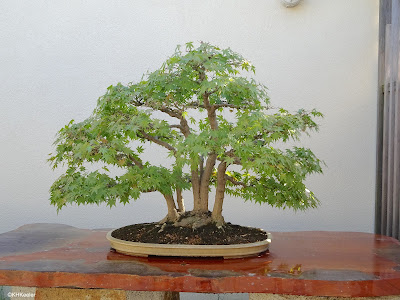 |
| Japanese maple bonsai |
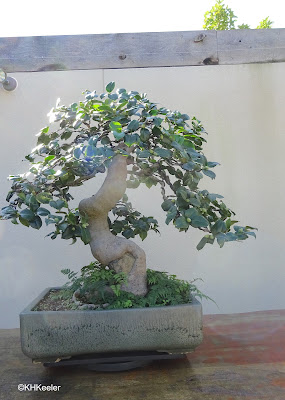 |
| camellia bonsai |
There were also collections that looked like small flower arrangements, although the plants were rooted and in a shallow bowl. Since these were on display in the National Bonsai and Penjing Museum, clearly herbaceous plants can be made into bonsai as well.
 |
| Bonsai with herbaceous plants and moss |
 |
| bonsai using mainly grass |
Most plants will miniaturize if grown in very shallow soil. The key is just enough water, which is tricky. And, not feeling sorry for the plants and moving them to bigger pots. That's why I don't have my own bonsai, I gave them larger pots and they grew too big. But even if I can't grow them, love looking at bonsai!
Check out the National Bonsai and Penjing Museum if you are in Washington, D.C. !
 |
Kathy Keeler, A Wandering Botanist
More at awanderingbotanist.com
Join me on Facebook: https://www.facebook.com/AWanderingBotanist
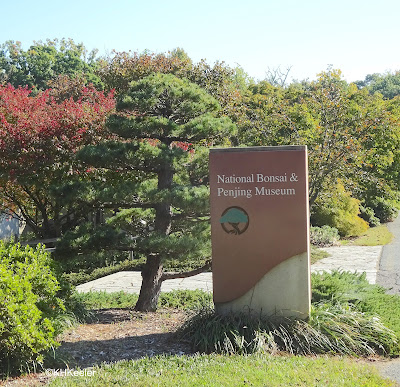
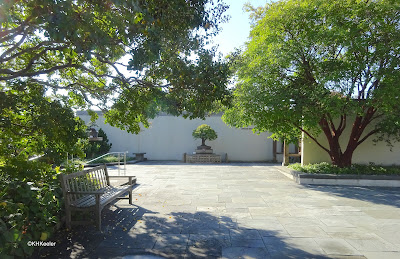

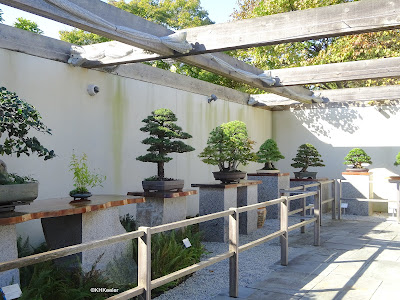


The grass bonsai looks like Imperata cylindrica (cogongrass) the red variety sold up north. I've been to this, and I believe when we were there they had the lone bonsai that survived the nuke bombing of Hiroshima or Nagasaki.
ReplyDeleteI really enjoyed reading this fascinating travelogue of the National Bonsai and Penjin Museum in Washington DC. It is incredible how this museum showcases the craftsmanship and beauty of bonsai trees, providing visitors with a unique cultural experience. While exploring the wonders of the museum, I would like to recommend complementing your visit with a visit to the spa to truly relax and rejuvenate. Visiting museums and immersing yourself in art and culture can be intellectually stimulating, but it's also important to prioritize self-care and relaxation. This spa offers the perfect escape from the hustle and bustle, allowing you to unwind and rejuvenate in a serene setting. After spending time admiring the intricate details of bonsai trees and appreciating the art of penjing, indulge in a spa session that can enhance your overall experience.
ReplyDelete